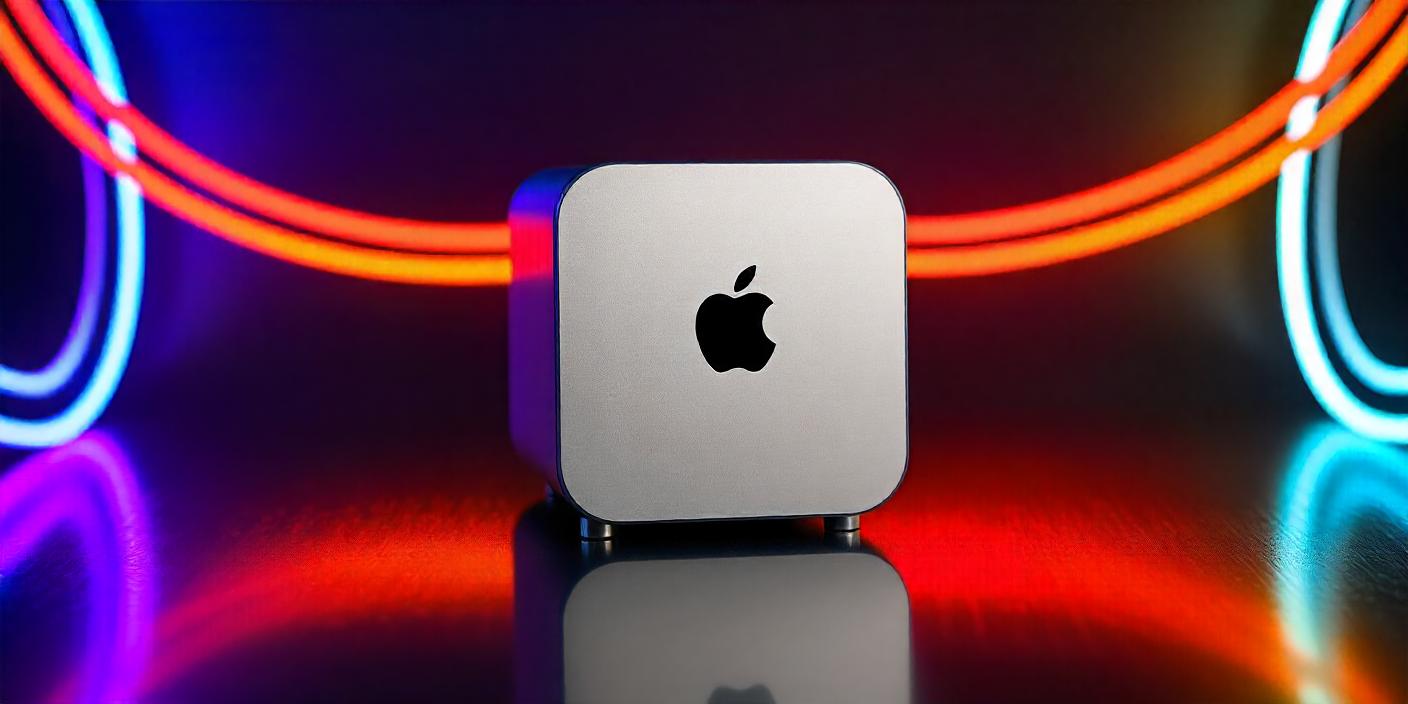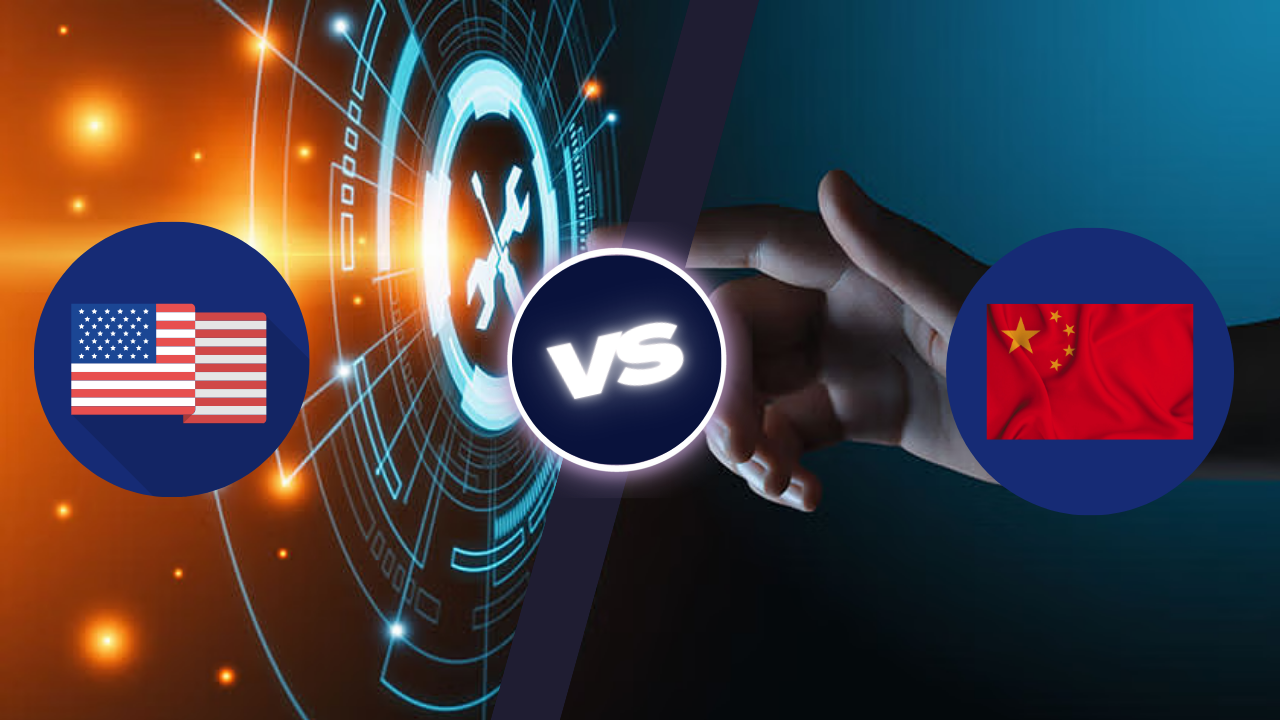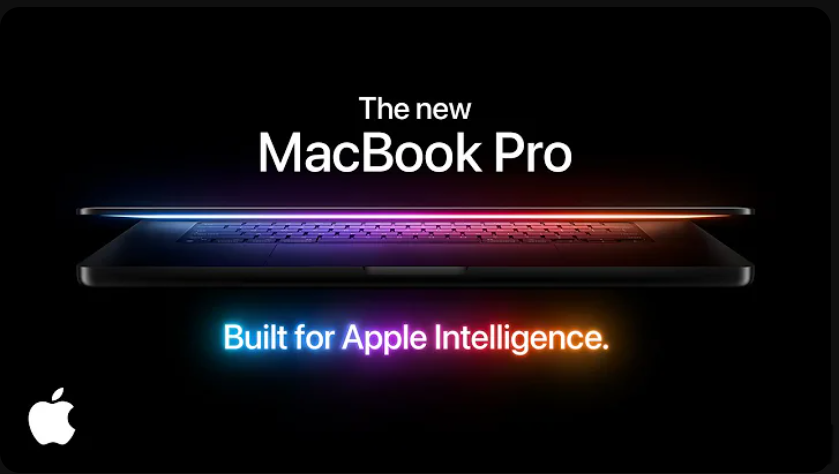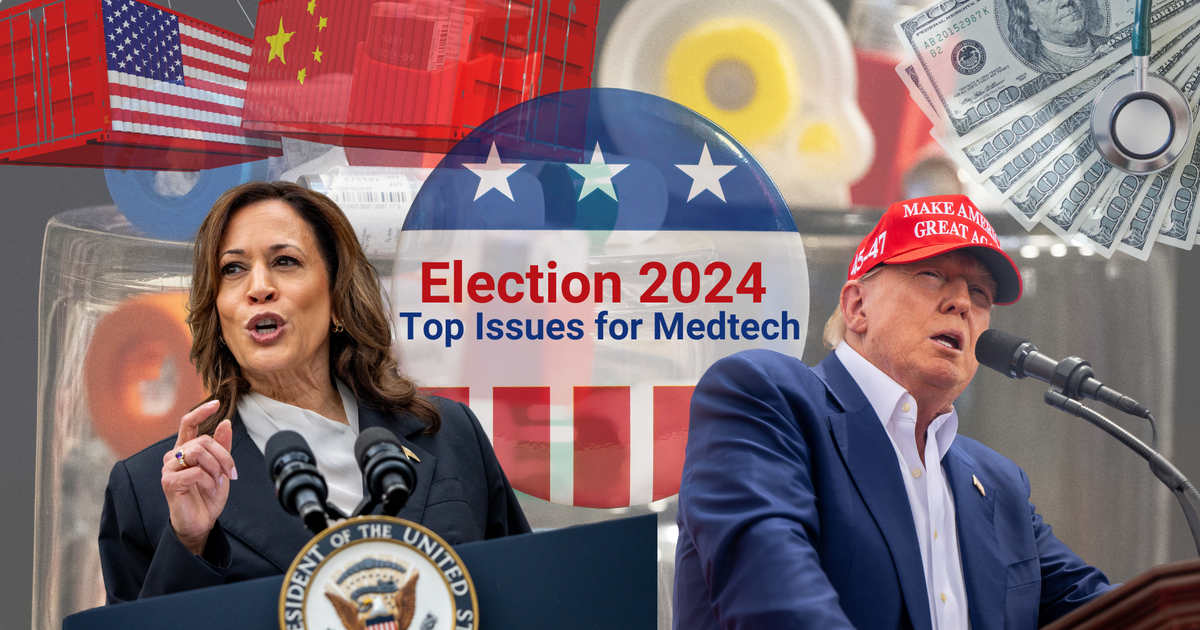
In October 2024, Elon Musk introduced Tesla’s Optimus robot, a humanoid machine designed to assist with various daily tasks, transforming the way people handle chores and everyday responsibilities. Dubbed by Musk as “your own personal R2-D2 or C-3PO,” Optimus is part of Tesla’s broader vision to create AI-driven, human-assisting robots that can take on household and even professional tasks.

In a recent showcase in the U.S., Elon Musk introduced the latest version of Tesla’s Optimus robot, emphasizing its potential to perform mundane, repetitive tasks that people often avoid. This introduction featured new demonstrations of Optimus’ improved abilities, including walking steadily, manipulating small objects, and autonomously navigating tasks without constant human guidance. Tesla has set a target for low production of these robots by 2025, primarily for internal use, with plans for broader availability in 2026, allowing other companies to adopt Optimus in their operations for various support roles.

A New Era of Household Help
Optimus stands at 5 feet 8 inches, resembling a futuristic, streamlined robot that could be mistaken for a sci-fi character. However, its utility is grounded in reality; Tesla plans for Optimus to handle tasks like lawn mowing, dog walking, grocery shopping, and even childcare. Elon Musk sees Optimus as a valuable assistant capable of simplifying life at home by performing repetitive chores efficiently and autonomously.
This robot is expected to retail at an estimated $20,000 to $30,000 once it enters mass production. Musk believes this price point makes the technology accessible, setting the stage for Optimus to become a household staple by 2026.

From Factory Floors to Living Rooms
Currently, Optimus is undergoing real-world testing in controlled factory environments. Tesla has used it for handling repetitive tasks like organizing battery cells and collaborating with industrial machines, marking a promising step toward household functionality. Optimus utilizes Tesla’s neural network system, which is being fine-tuned to allow the robot to operate independently. The system can autonomously manage tasks or follow commands based on human input, combining adaptability with precision.

The Future of Human-Robot Interaction
Tesla’s Optimus has sparked discussions about how AI will transform household management and the potential impact on labor in various industries. With the Optimus project, Musk foresees a future where people can delegate mundane tasks to machines, freeing them to focus on more creative, fulfilling activities. The Optimus robot could become as commonplace as smartphones, representing a major leap in human-robot interactions.
The Optimus project encapsulates Tesla’s vision to make life simpler and more efficient through advanced technology. As Musk says, “everyone is going to want their Optimus buddy,” and this ambition might soon be within reach for households around the world.





